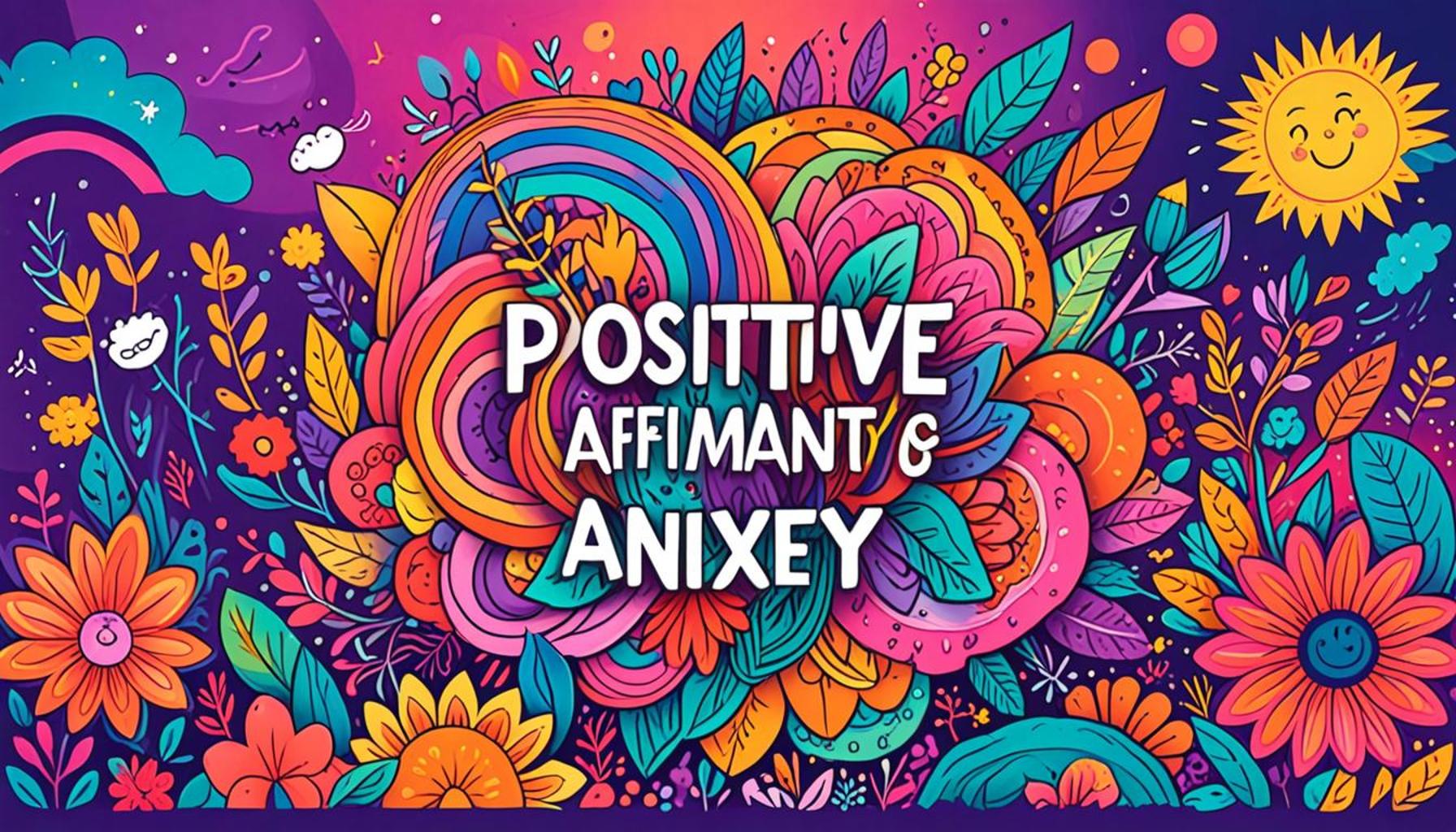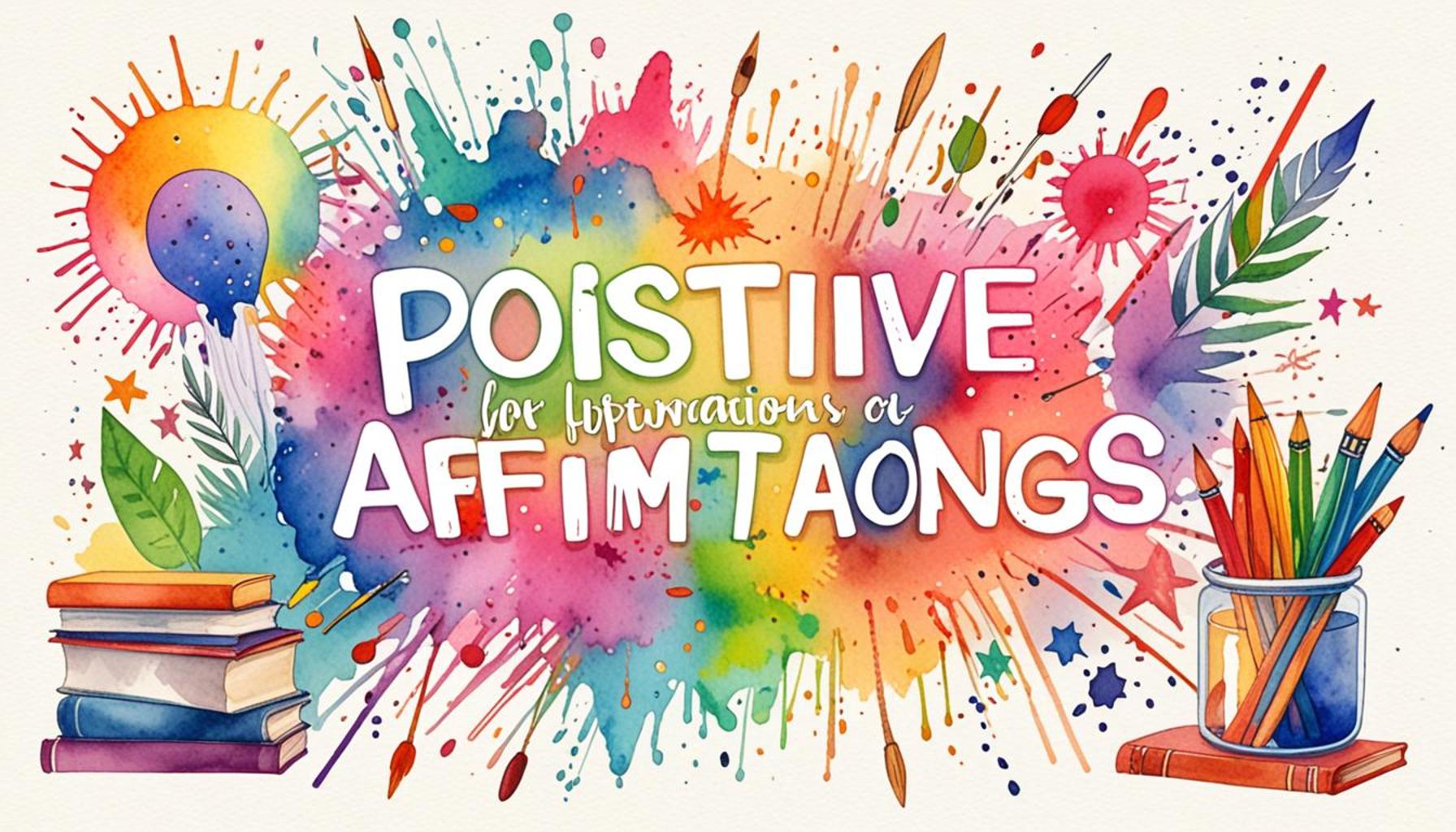How to Make Continuous Learning a Daily Habit Effective Strategies

Unlocking the Potential of a Growth Mindset
In today’s fast-paced world, the ability to adapt and grow is essential for success. Embracing a mindset of continuous learning allows individuals to not only keep up with changing environments but also to thrive within them. Making learning a daily habit can significantly enhance your personal and professional life, leading to greater opportunities and self-improvement.
The Importance of Daily Learning
Every small effort towards learning adds up, creating a cumulative effect that fosters resilience and innovation. Transforming your approach to learning requires strategic planning and commitment. This article will explore effective techniques to incorporate learning into your daily routine, offering insights and practical advice.
Prepare for the Top 5 Strategies
To guide you on this transformative journey, we’ve compiled a ranking of the Top 5 effective strategies that can help you seamlessly integrate continuous learning into your everyday life. Get ready to discover practical methods that can reshape your habit formation and enhance your mental agility.
Top 5: How to Turn Continuous Learning into a Daily Habit
In the whirlwind of today’s rapidly changing world, the ability to learn continuously can no longer be considered a luxury. It’s a crucial aspect of both personal and professional growth. As the wealth of information grows, so does the necessity for individuals to remain agile and informed. This article explores five strategies—ranked from fifth to first—that can help you transform your learning efforts from occasional pursuits into embedded daily habits. By adopting these strategies, you’ll position yourself to thrive in the face of constant change.
5. Set Clear Goals
The journey to becoming a diligent lifelong learner successfully begins with the act of goal setting. Establishing specific and achievable goals serves as the foundation of effective learning. Goals act as beacons, guiding our efforts and keeping us focused amidst distractions. Consider, for example, the difference between vaguely stating, “I want to learn a new language,” versus setting a goal as specific as, “I will learn 10 Spanish words per day for the next month.” This specificity not only helps in maintaining motivation but also allows you to measure your progress over time.

Embrace digital tools designed to aid in goal-setting. Apps such as Trello or Asana can organize your learning trajectory, ensuring you remain on track. Remember, the goals should be realistic and broken down into smaller tasks to prevent overwhelming yourself. As you master each mini-goal, celebrate these small victories to boost your motivation.
4. Create a Dedicated Learning Time
Time management is a vital skill when weaving learning commitments into daily life. By allocating specific periods each day for learning, you mitigate the risk of neglecting this crucial activity. Whether it is 30 minutes in the serene hours of the morning or a reflective half-hour before bed, a consistent schedule reinforces habit formation.
Consider employing the Pomodoro Technique, which involves tackling tasks in short, focused intervals—typically 25 minutes—separated by brief breaks. This approach has been shown to enhance concentration and productivity. Additionally, when learning is compartmentalized into chunks, it leads to higher retention rates and makes the process more enjoyable. With regular practice, this routine will seamlessly blend into the fabric of your daily life, making learning second nature.
3. Make Use of Various Learning Formats
Diversification in learning styles can transform a monotonous study routine into a captivating journey of discovery. A multimedia approach enriches the learning experience by appealing to different senses and accommodating various learning styles. While traditional textbooks serve their purpose, their scope can be widened by including formats such as podcasts, videos, and interactive apps.
For instance, you might listen to a podcast on astrophysics while jogging, digest key insights from TED Talks during lunch, or explore a subject through an online course or MOOC. The plethora of learning formats available ensures that education does not remain confined to one fixed method, enabling you to capture the diverse essence of each subject. Here are some formats to consider enhancing your learning palette:
- Articles and ebooks
- Online courses (MOOCs)
- Webinars and workshops
- Documentaries and educational YouTube channels
- Interactive apps and games
By interspersing these formats within your routine, you can rejuvenate your eagerness to learn and strengthen comprehension of the topics at hand.
2. Join a Learning Community
The impact of learning is significantly amplified within a community setting. Engaging with a community of learners offers mutual support, sparks ideas, and drives accountability. Interacting within study groups, online forums, or local meetups introduces you to diverse perspectives and learning methodologies.
Platforms like Meetup facilitate connections based on shared interests, while online forums like Reddit provide spaces for collaborative discussion and resource sharing. As you articulate what you’ve learned to others, you reinforce your understanding, while also paving the way for further inquiry and potential collaborative projects.
Networking within these communities not only advances knowledge but also cultivates relationships that might inspire educational collaboration or professional opportunities in the future.
1. Embrace a Growth Mindset
Embracing a growth mindset is the most transformative strategy for nurturing daily learning habits. This concept, popularized by psychologist Carol Dweck, is predicated on the belief that with effort, abilities and intelligence can evolve. A growth mindset nurtures resilience, allowing you to perceive challenges as opportunities for improvement.
To develop this mindset, acknowledge that learning is a lifelong expedition that naturally includes setbacks. Practice self-compassion as you navigate difficulties, understanding that these moments are integral to the overall learning curve. Consider keeping a journal to document your journey; reflecting on experiences encourages you to appreciate how much you’ve grown over time.
In essence, turning continuous learning into a daily habit requires strategic goal setting, allocating dedicated time, embracing diverse formats, engaging with communities, and maintaining a positive mindset. As you integrate these elements into your life, learning steadily becomes an enriching and enduring part of your existence. The dynamic world of knowledge then becomes not something to catch up with, but a vast, engaging universe where you naturally belong.
| Category | Details |
|---|---|
| Setting Clear Goals | Establishing specific, measurable, achievable, relevant, and time-bound (SMART) goals can enhance focus and motivation. A structured approach helps individuals to track their progress and make adjustments as necessary. |
| Creating a Learning Environment | Designating a specific area for studying can significantly affect retention. A consistent space fosters concentration and signals the brain that it’s time to learn. Ambient elements, such as lighting and noise levels, play a crucial role. |
| Utilizing Diverse Resources | Incorporating different formats such as videos, podcasts, and articles can keep the learning process engaging. Diversification in learning resources caters to various learning styles and preferences. |
| Regular Review and Reflection | Making time for reflection on what has been learned reinforces knowledge retention. Reviewing topics periodically solidifies understanding and connects new information to existing knowledge. |
Frequently Asked Questions on Turning Continuous Learning into a Daily Habit
What are some effective strategies to incorporate learning into my daily routine?
Incorporating learning into your day doesn’t require a complete overhaul of your schedule. Start with small steps, such as dedicating just 20 minutes each day to learning something new, which can build consistency over time. Using tools like podcasts or audiobooks during your commute or workout can also maximize your available time without needing significant changes to your routine. Consistency is key, and even if it seems minor, each day’s small effort can compound into substantial growth.
How do I maintain motivation to continue learning every day?
Maintaining motivation can be challenging, but setting specific, achievable goals can create a sense of progress and accomplishment. Engage with topics that genuinely interest you, as intrinsic motivation is more sustainable. Additionally, joining learning communities or peer groups can provide social accountability and a support system to keep you engaged. Regularly reflecting on progress and adjusting your goals can also reinvigorate your motivation.
What tools or resources can help facilitate continuous learning?
Today’s digital age offers a plethora of resources to suit varied learning styles, including online courses, educational apps, and discussion forums. Platforms like Coursera, Khan Academy, and Duolingo provide structured learning paths across diverse subjects. For those preferring interactive formats, webinars and online workshops can be invaluable. Utilizing a mix of these resources allows for a more rounded learning experience and helps you discover what works best for your style.
How can I align my learning with my professional and personal development goals?
Integrating your learning with personal and professional ambitions requires clear goal-setting. Start by identifying skills that align with your career trajectory or personal interests. Use tools like a SWOT analysis to recognize your strengths, weaknesses, opportunities, and threats, which can guide your learning priorities. Continual assessment of how new knowledge and skills impact your development can ensure your learning remains relevant and beneficial.
Conclusion
Transforming continuous learning into a daily habit is a significant shift that requires dedication, strategy, and mindset adjustment. As we highlighted, the first step involves consciously integrating learning activities into daily routines. This not only normalizes the habit but also ensures consistent engagement with new information.
Moreover, the importance of setting clear and attainable goals cannot be overstated. By defining what you aim to learn, whether it’s a new language or mastering a skill, you create a roadmap that keeps your learning journey focused and fulfilling. Recognizing and celebrating small milestones ensures sustained motivation and a sense of accomplishment.
Strategies for Engagement
The role of diverse learning methods is crucial. Incorporating various techniques such as online courses, podcasts, and interactive apps caters to different learning preferences, making the process more engaging and less monotonous. Additionally, creating an environment that supports learning is essential. This involves dedicating a quiet space for study, removing distractions, and allocating specific times for learning activities.
In the broader context, embracing continuous learning enriches our lives personally and professionally. It fosters adaptability, enhances problem-solving skills, and keeps our minds agile and open to new ideas. With the rapid pace of change in today’s world, those who prioritize learning are better equipped to navigate complexities and seize opportunities.
Ultimately, embedding continuous learning into our daily lives embodies an ongoing commitment to growth. By institutionalizing learning as a habit, we align our actions with a mindset that values curiosity and progression. This approach not only benefits the individual but also contributes positively to society by cultivating versatile, informed, and proactive citizens.


